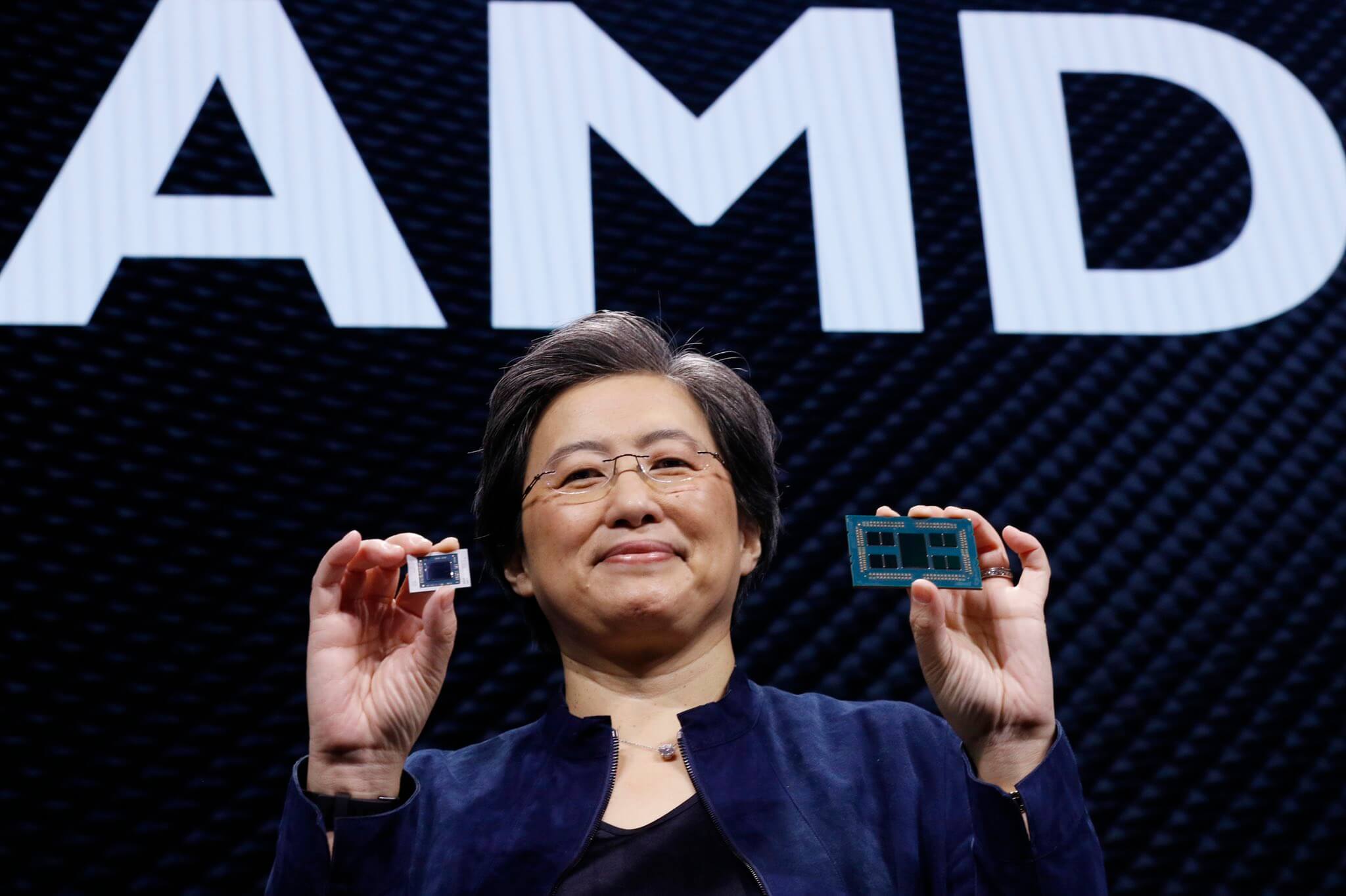A recent interview with AMD CFO Devinder Kumar made one thing very clear: this venerable tech giant is more than willing to enter the ARM segment of the market and compete with Apple, should the need arise!
While this might not seem all that important, it is, in fact, telling of AMD’s future plans and what the SoC landscape might look like in a couple of years’ time. It goes without saying, but Apple’s M1 SoC changed things — forever. Its performance is still, to this day, awe-inspiring, especially once you factor in its meagre power envelope and the fact that it can be passively cooled.
The x86 architecture isn’t going anywhere any time soon, but for most folks, the switch over to ARM could yield huge benefits, including lower temperatures, noise levels, and — in the case of portable computers — noticeably longer battery life. What’s not to like? There are, of course, certain limitations, but they pale in comparison to what we’re getting in return.
Apple was the first company to truly go all-in and, well, it is already reaping the rewards. It also became rather obvious that ARM is, in fact, the future; the sooner a company starts competing in this field and developing its own SoCs, the sooner it’ll be able to bare the fruits of its labor.
AMD + ARM | A Pairing We’d Love to See
As one would expect, Intel and ARM are closely monitoring the market and are perfectly willing to “enter the fray” so to speak — but only when they feel the time is right.
“But I’ll tell you from my standpoint, when you look at compute solutions, whether it’s x86 or ARM or even other areas, that is an area for our focus on investment for us. We know compute really well. Even ARM, as you referenced, we have a very good relationship with ARM. And we understand that our customers want to work with us with that particular product to deliver the solutions. We stand ready to go ahead and do that even though it’s not x86, although we believe x86 is a dominant strength in that area,” said Devinder in an interview with Tom’s Hardware.
As already mentioned, the x86 architecture is by no means obsolete, but we can definitely see a future in which it loses its edge even in the high performance segment of the market. Apple, not one to be outdone, is already working on an even more potent version of its M1 — and it’ll reportedly pack up to a whopping 40 cores. While it’s still too early to predict anything with confidence, we’d be remiss if we didn’t say that, should its performance increase linearly, it would no doubt end up being one of the most powerful SoCs on the market.
A New Kind of Status Quo
Apple’s M1 is already the best possible choice for thin and light computers. Heck, it’s the best possible choice for everyday tasks as well because of its mind-blowing single-core performance. It seems that both Intel and AMD are waiting to see whether Apple just had a “flash in the pan,” or if its M1 is a sign of the things to come.
We just hope that they don’t wait too long as the writing’s already on the wall.







